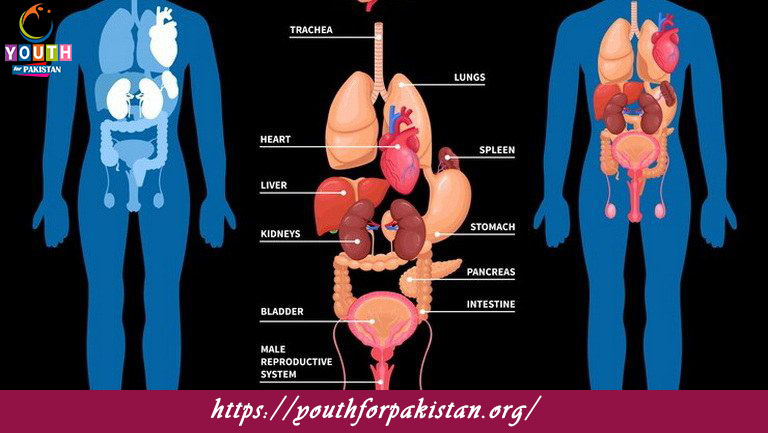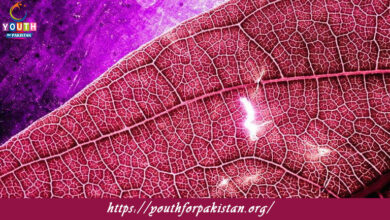Comparative Anatomy Quiz with Answers

Welcome to the Comparative Anatomy MCQs with Answers. In this post, we have shared Comparative Anatomy Online Test for different competitive exams. Find practice Comparative Anatomy Practice Questions with answers in Biology Tests exams here. Each question offers a chance to enhance your knowledge regarding Comparative Anatomy.
| The science is essentially the study of structural differences and similarities in the anatomy of different species. This field is pretty important for studying the evolutionary relationships and adaptations of organisms. The comparative anatomy of vertebrates is particularly insightful because it can depict the variety of vertebrate species that have evolved from common ancestors and adapted to environments that are different from one another. Some such similar anatomical structures which are part of different species of vertebrates, from fish to mammals, include skeletal elements, muscles, and organ systems. In fact, scientists have been able to successfully sketch the outline of evolution across millions of years with these features. For example, vertebrates’ forelimbs have been altered to such an extent that they have assumed very disparate forms. They are fins in fishes, wings in birds, and limbs in humans. Nevertheless, this diversity of structure and use is manifestly of common underlying skeletal basis from which they evolve. Because how species diverged and adapted is evident in studying anatomical structures, comparative anatomy and evolution are intimately linked. For example, the similarities of stages in vertebrate development of embryos indicate a common ancestry. Vestigial structures, such as the human appendix or the whale’s pelvic bones, represent evolutionary remnants that were functionally crucial in an organism sometime in its past. |
Comparative Anatomy Online Quiz
By presenting 3 options to choose from, Comparative Anatomy Quiz which cover a wide range of topics and levels of difficulty, making them adaptable to various learning objectives and preferences. You will have to read all the given answers of Comparative Anatomy Questions and Answers and click over the correct answer.
- Test Name: Comparative Anatomy MCQ Quiz Practice
- Type: Quiz Test
- Total Questions: 40
- Total Marks: 40
- Time: 40 minutes
Note: Answer of the questions will change randomly each time you start the test. Practice each quiz test at least 3 times if you want to secure High Marks. Once you are finished, click the View Results button. If any answer looks wrong to you in Quizzes. simply click on question and comment below that question. so that we can update the answer in the quiz section.
Download Certificate of Quiz Comparative Anatomy
On the end of Quiz, you can download the certificate of the quiz if you got more than 70% marks. Add a certificate to your job application or social profile (like LinkedIn) and get more job offers.
Download Comparative Anatomy MCQs with Answers Free PDF
You can also download 100 Comparative Anatomy Questions with Answers free PDF from the link provided below. To Download file in PDF click on the arrow sign at the top right corner.
If you are interested to enhance your knowledge regarding English, Physics, Chemistry, Computer, and Biology please click on the link of each category, you will be redirected to dedicated website for each category.




